Clara Bow — The Tragic and Triumphant Life of Hollywood's First 'It' Girl
- Oops!Something went wrong.Please try again later.
- Oops!Something went wrong.Please try again later.
Nineteen-twenties silent film star Clara Bow is considered the first "it" girl in Hollywood as well as the first "sex symbol." She mainly played flapper girls and was very well known for her classic "Roaring Twenties" look.
But behind the scenes, Bow's life was not as glamorous as it might have appeared, thanks to the complicated relationship she had with her mother and her mental health issues. We dove deep into all of that, plus explore why Taylor Swift fans have taken an interest in her as of late.
The early life of Clara Bow
Clara Bow was born on July 29, 1905, in Prospect Heights, Brooklyn, New York. However, some argue that she was born in 1907, and that is what was listed on her gravestone. She had two older sisters, both of whom died in infancy, leading doctors to tell Bow's mother, Sarah Frances Bow, not to get pregnant again. She did, though, and Bow was born around a year later, during a 100-degree heat wave.
In a 1928 Photoplay magazine feature, the actress related of her mother, "She didn't want me. Terror possessed her all the time before I was born. Would she die, as the doctor had said? Or, if she survived the ordeal that had nearly cost her her life twice before, would the baby die, as the two others had died?"
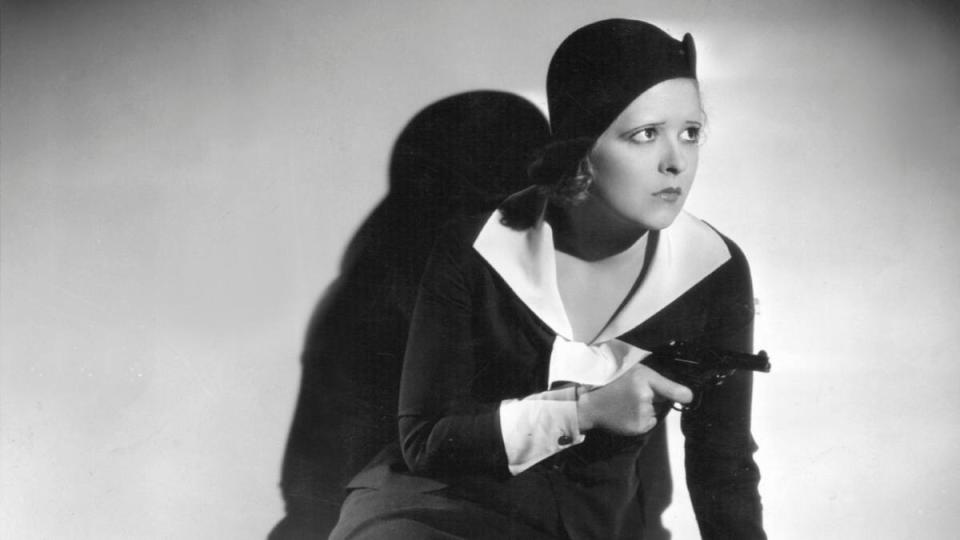
Sunset Boulevard / Contributor/Getty
"I don't suppose two people ever looked death in the face more clearly than my mother and I the morning I was born. We were both given up, but somehow, we struggled back to life."
Bow's mother died in 1923 after suffering a psychotic break due to her epilepsy. "As a kid, I took care of my mother; she didn't take care of me," Bow recalled.
Bow's childhood trauma

Sunset Boulevard / Contributor/Getty
A year before that, at age 16 , Bow fell out of a second-story window, resulting in a severe head injury. Later, she was diagnosed with psychosis due to epilepsy, just like her mother.
The hits kept on coming from there: Bow was sexually abused by her father later that same year, and her mother was institutionalized at the time due to the fact that she had held a knife to Bow's neck and threatened to kill her after hearing that Clara wanted to go into show business.
It was there, while in the mental hospital, that Bow's mother died. Strangely, at the funeral Bow reportedly tried to jump into the grave with her mother's body. She also reportedly called all the guests hypocrites for showing up to the service when they didn't actually care about her mother.
MUST READ: Elizabeth Montgomery: 15 Nose-Twitching Facts About the ‘Bewitched’ Star
Becoming an actress
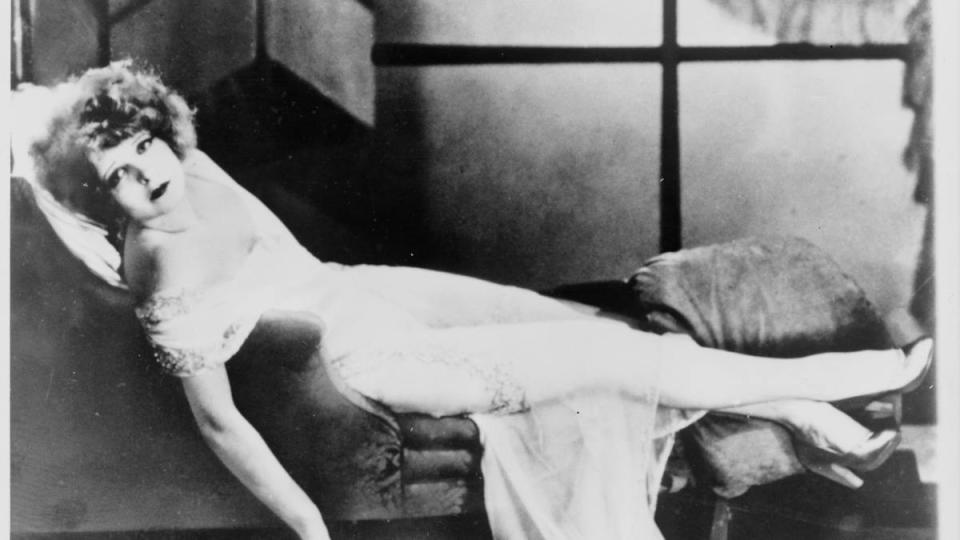
PhotoQuest / Contributor/Getty
Bow knew she wanted to be an actress for quite some time, telling Photoplay in her March 1928 feature, "In the many hours I had spent in motion picture theaters, I had always watched intently, and I had always had a queer feeling about actors and actresses on the screen. I knew I would have done it differently. I couldn't analyze it, but I could always feel it."
And she was right. Bow was chosen as the 1921 winner of Brewster Publications magazine's annual nationwide acting contest. Bow was introduced to director/screenwriter Christy Cabanne through her connections there, who cast her in the silent film Beyond the Rainbow (1922), although her scenes were ultimately cut.
Despite not being seen on screen, Bow was still on the movie poster for Beyond the Rainbow, which did open a few doors for her.
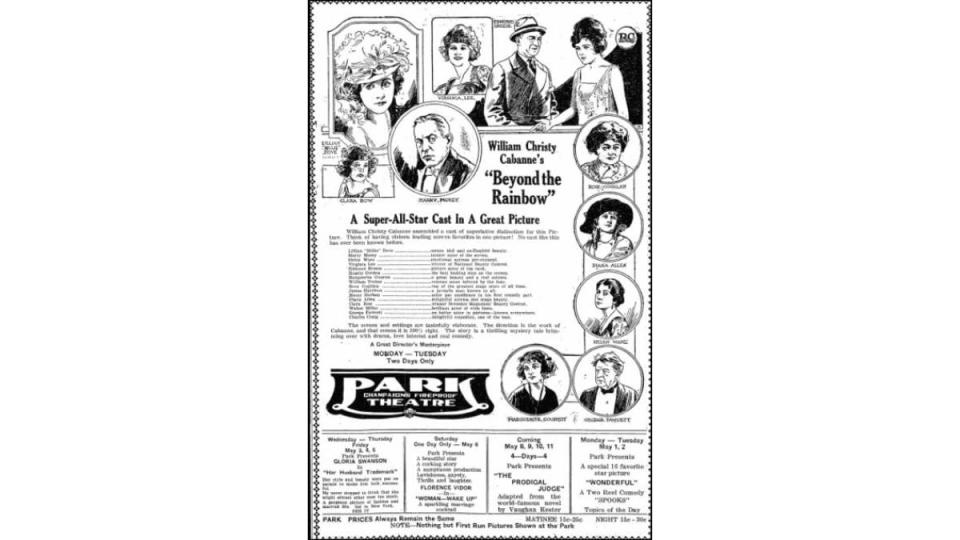
IMDB
MUST READ: Alan Young: 12 Little-Known Facts About the ‘Mister Ed’ Star
Rising to fame
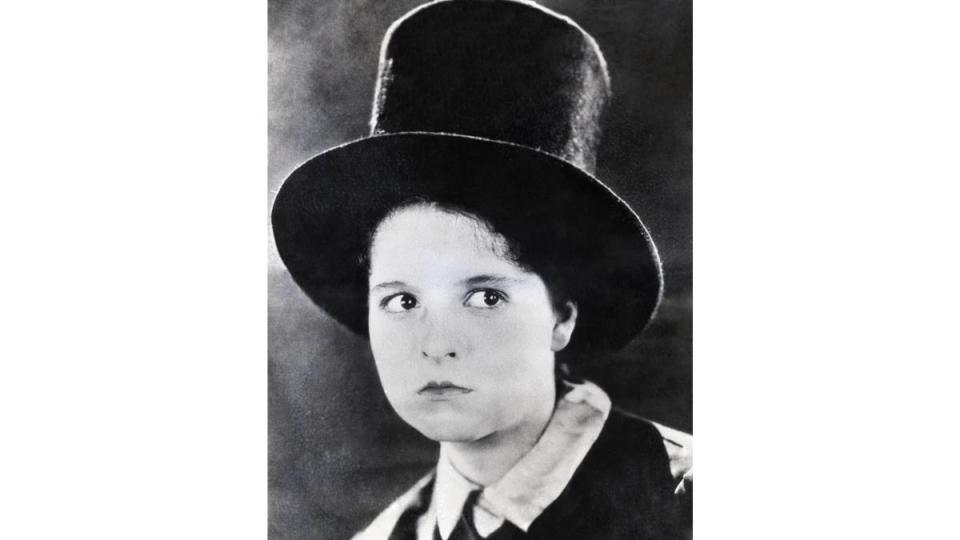
Bettmann / Contributor/Getty
Soon after, director Elmer Clifton needed a tomboy for the 1922 silent film Down to the Sea in Ships and cast Bow. She earned $50 a week, though Clifton originally wanted to pay her $35.
Bow's acting career didn't slow down after that. She was cast in the 1924 film Black Oxen — scoring the role over 50 other women, all with more experience, who auditioned. Bow played the part of the high-society flapper Janet Oglethorpe.
"He [director Frank Lloyd] had not found exactly what he wanted, and finally somebody suggested me to him. I shall never forget the kind way he received me."
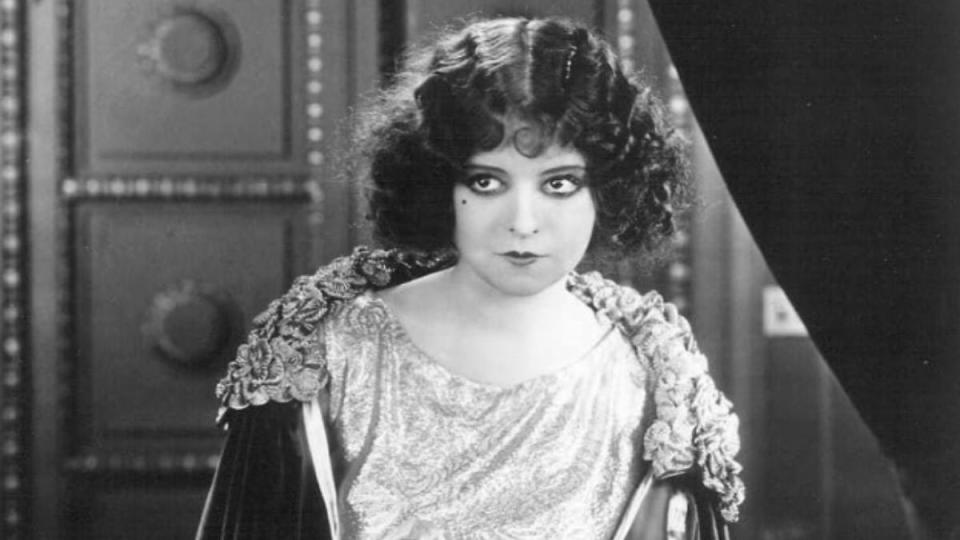
IMDB
"When I came into his office, a big smile came over his face, and he looked just tickled to death. And he told me instantly that I was just what he wanted."
Then, she worked on Grit (1924), which F. Scott Fitzgerald wrote. Variety praised Bow for her work on that film, writing: "Clara Bow lingers in the eye, long after the picture has gone."
Shortly after, Bow was one of the 13 girls chosen for the 1924 WAMPAS Baby Stars by the United States Western Association of Motion Picture Advertisers, a promotional campaign honoring actresses believed to be on the threshold of movie stardom.
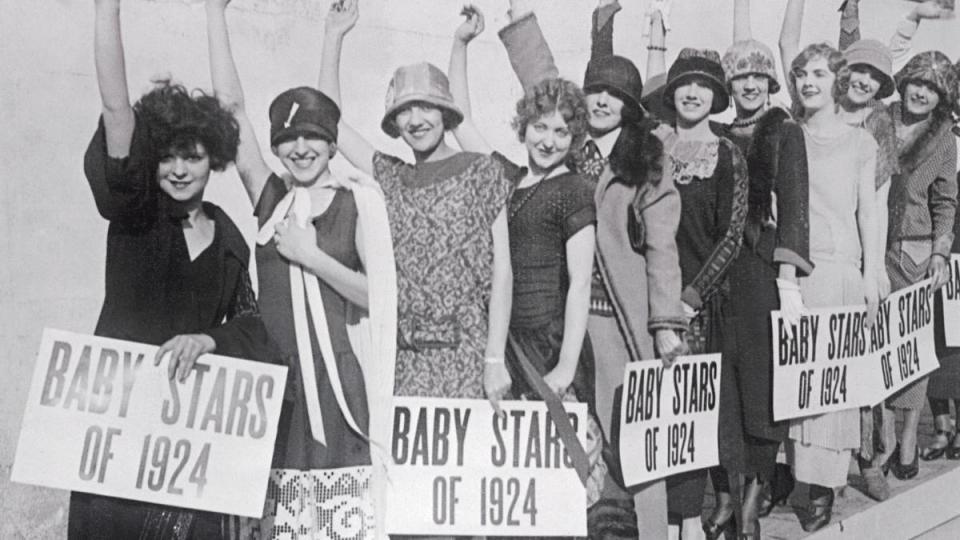
Bettmann / Contributor/Getty
Her other titles during this time included Parisian Love (1925), My Lady's Lips (1925), Two Can Play (1926), The Runaway (1926) and Kid Boots (1926). She was also in the WWI romantic drama Wings (1927), which won the first-ever Oscar for Best Picture.
Becoming the "it" girl

Archive Photos / Stringer/Getty
After Grit, Bow appeared in 28 films, both silent and "talkies." However, her role in the silent film It (1927) earned her a permanent place in history.
At the time of filming It, Bow was already getting a reputation as a silver screen legend, but people struggled to remember who she was. As a result, she was often called "The It Girl" in reference to the film. The phrase stuck, and is still used today. However, it now has a much different meaning.
MUST READ: ‘The Patty Duke Show’ Cast: Here’s What Happened to the Stars of the Hit 60s Sitcom
Clara Bow's emotional breakdown
Similar to her mother, Bow also struggled with mental health. In 1931, the pressures of Hollywood caused her to have a emotional breakdown, leading her to check into a mental hospital.
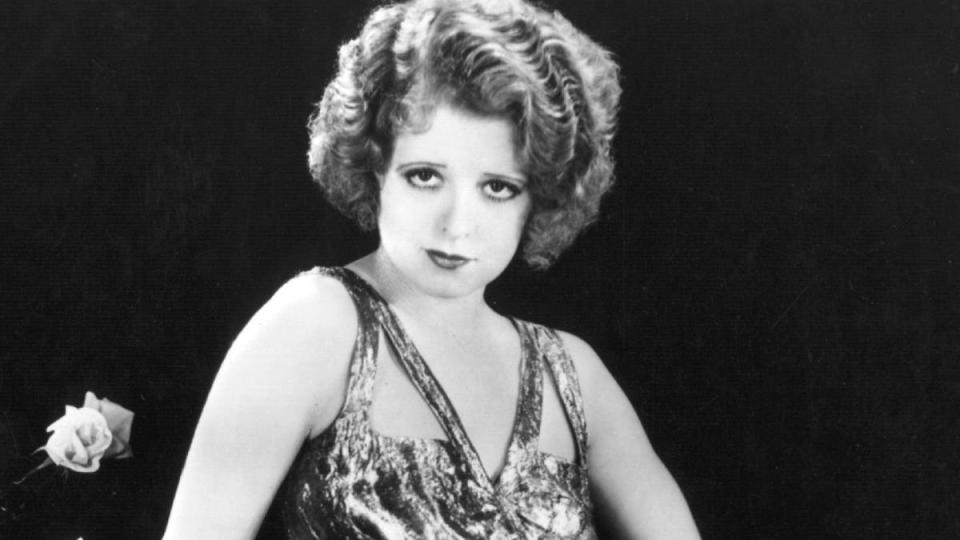
Eugene Robert Richee / Stringer/Getty
Then, in 1944, Bow tried to end her own life, while a couple of years later, she checked herself into a psychiatric institution where she received shock treatments and various psychological tests. She was later diagnosed with schizophrenia.
Personal life of Clara Bow
Bow was married to fellow actor Rex Bell in December of 1931. They moved to Nevada, and had two sons together, though Bow had limited access and very little time with them due to her mental health. Bell and Bow were legally married until his death in 1962.
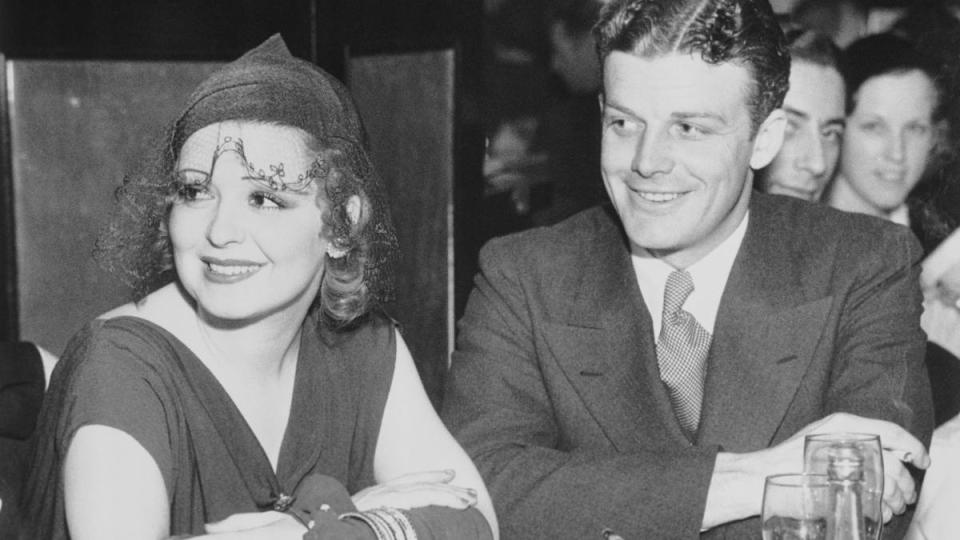
Bettmann / Contributor/Getty
The actress died in 1965 from a heart attack. She had 57 films to her name, all produced between 1922 and 1933, when she retired from acting. She was the most overworked and underpaid actress in history, but earned a star on the Hollywood Walk of Fame in 1960.
MUST READ: What Happened to the ‘Father Knows Best’ Cast Before, During and After the Show
Taylor Swift's connection to Clara Bow
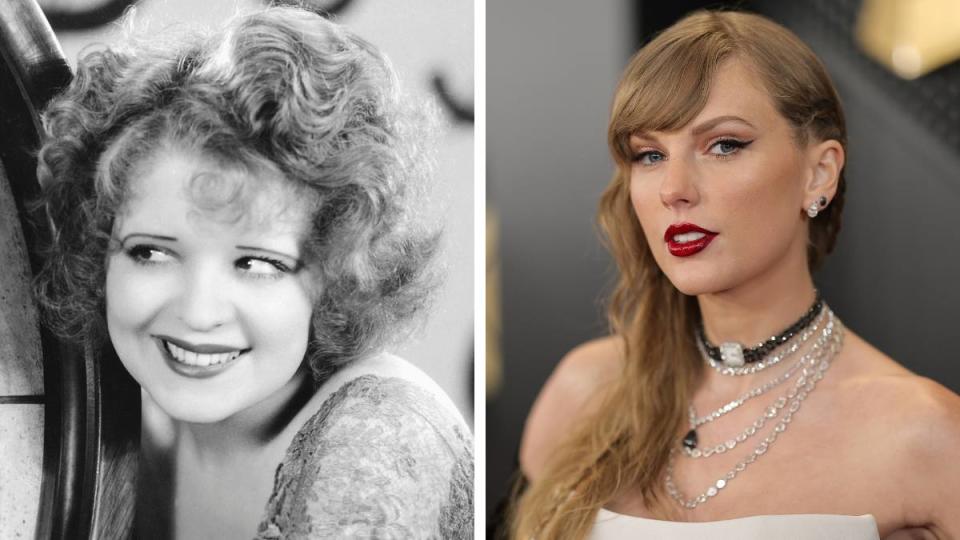
John Springer Collection / Contributor/Getty;Neilson Barnard / Staff/Getty
Clara Bow's story has recently caught the attention of people around the world because of a Taylor Swift song entitled "Clara Bow." It is the 16th track in Swift's most recent album, The Tortured Poets Department, which was released in April of 2024.
While there is no actual connection between Bow and Swift, fans have speculated that Swift was mentioning "it girls" over the past 50 years since Stevie Nicks and Swift were also included.
MUST READ: Stevie Nicks Teams Up with Taylor Swift for ‘The Tortured Poet’s Department’
Additionally, fans think it might be a call out to Swift's relationship with Joe Alwyn and how she was "silent" during their six year relationship, similar to how Bow was a silent film star. They also believe Swift's reference to Nicks was regarding her short, but wild, romance with Matty Healy after Swift ended things with Alwyn.
For all things entertainment, click here!

